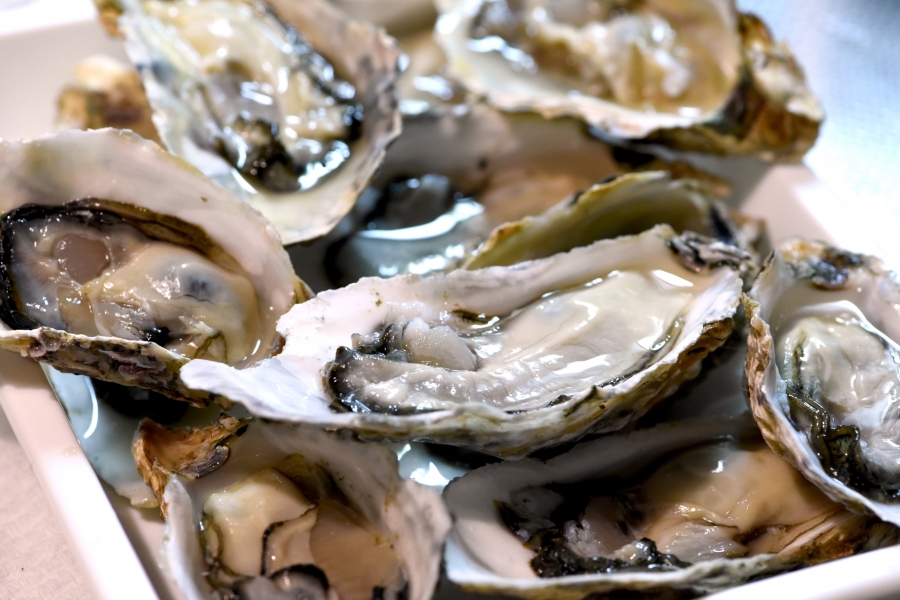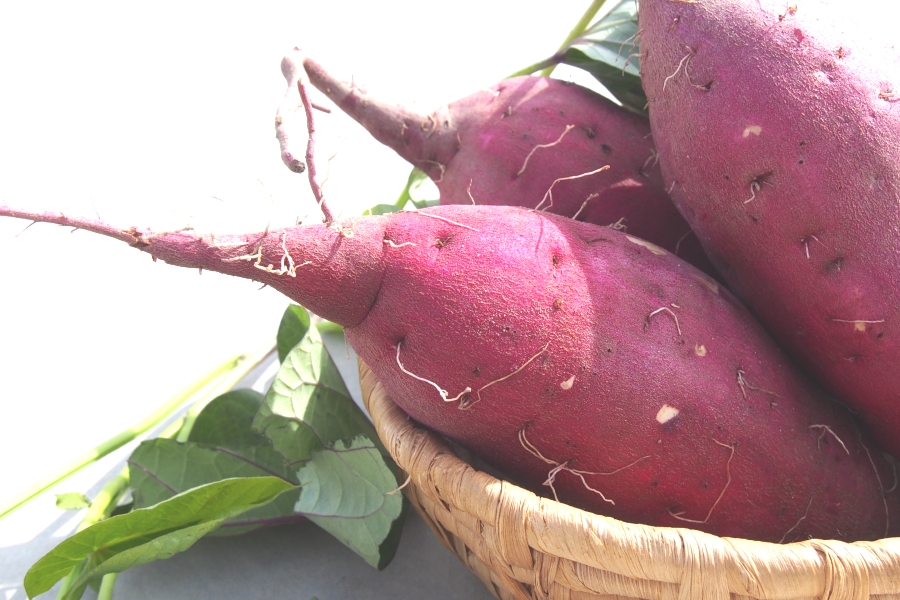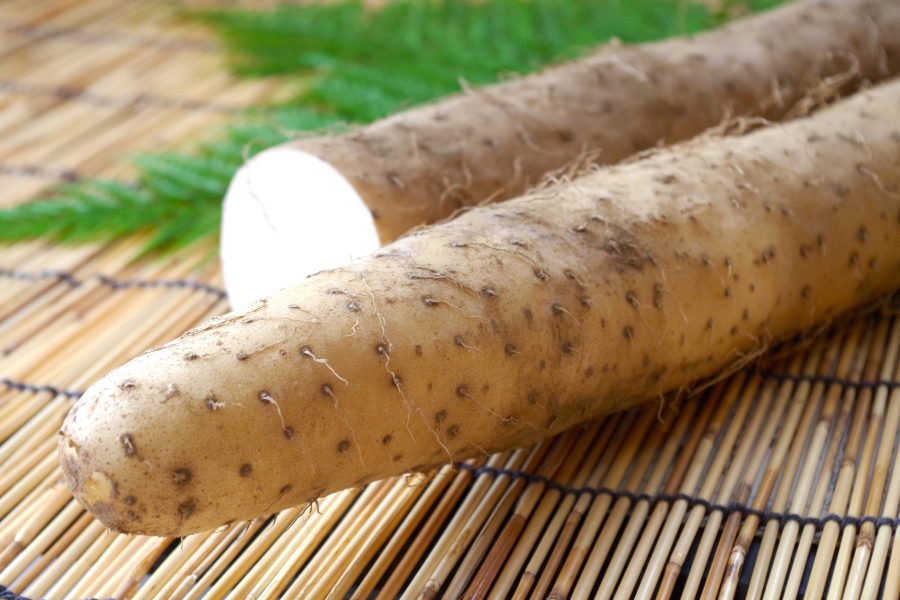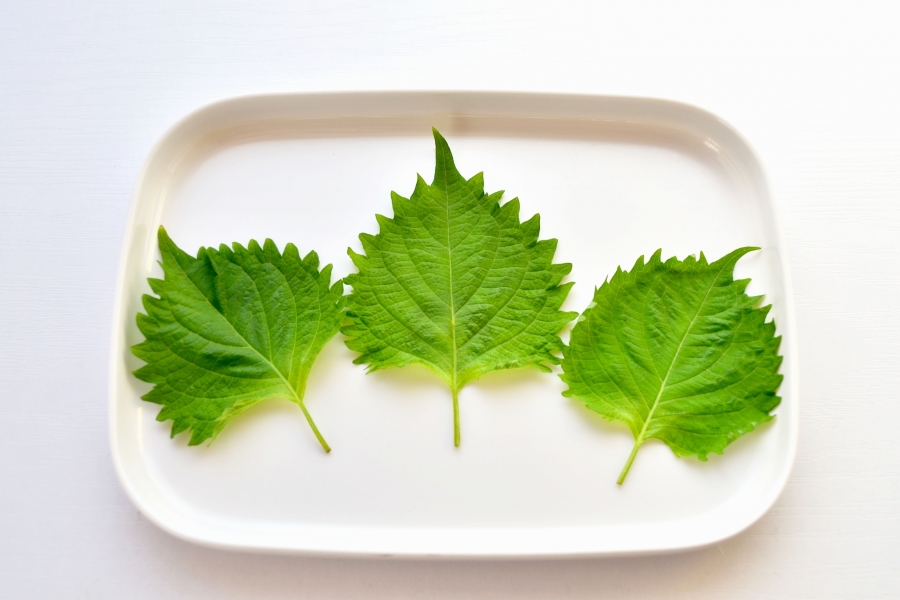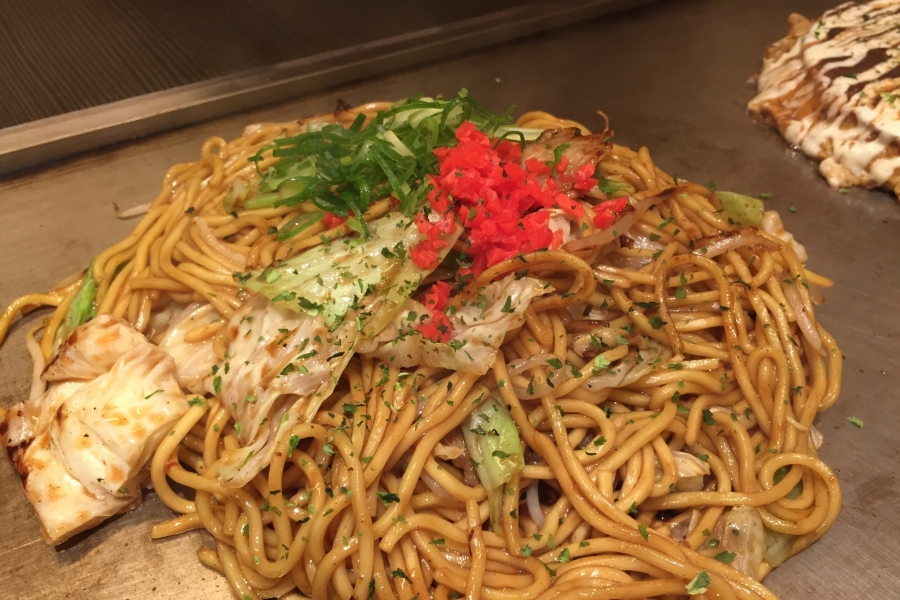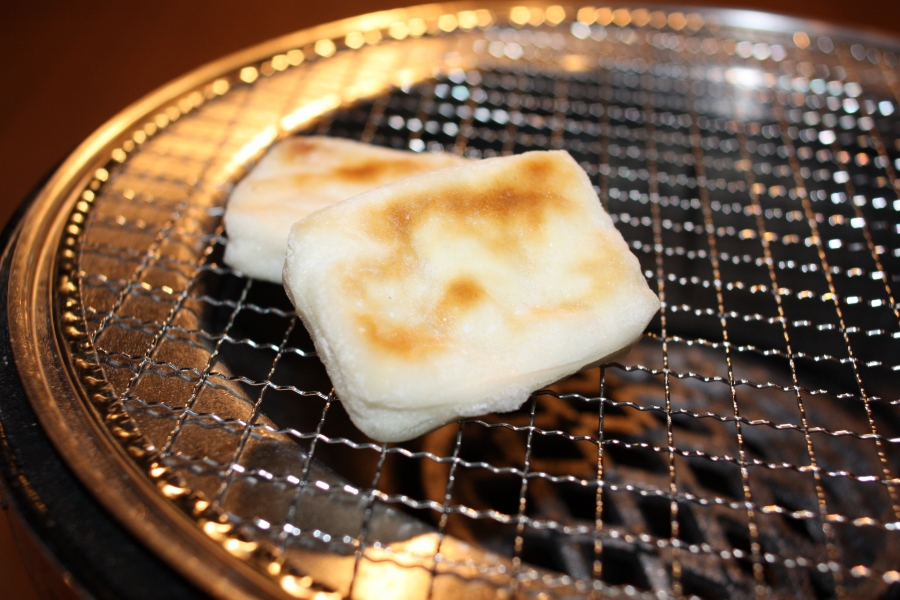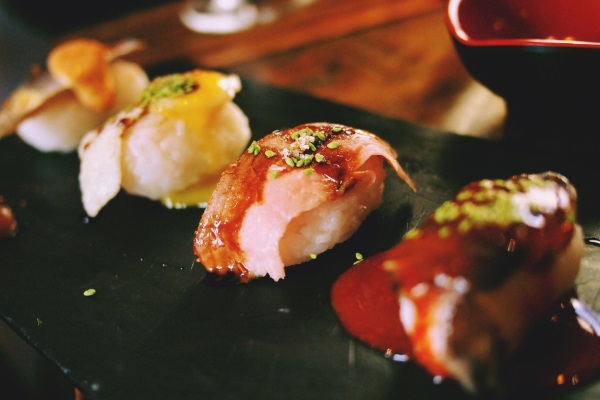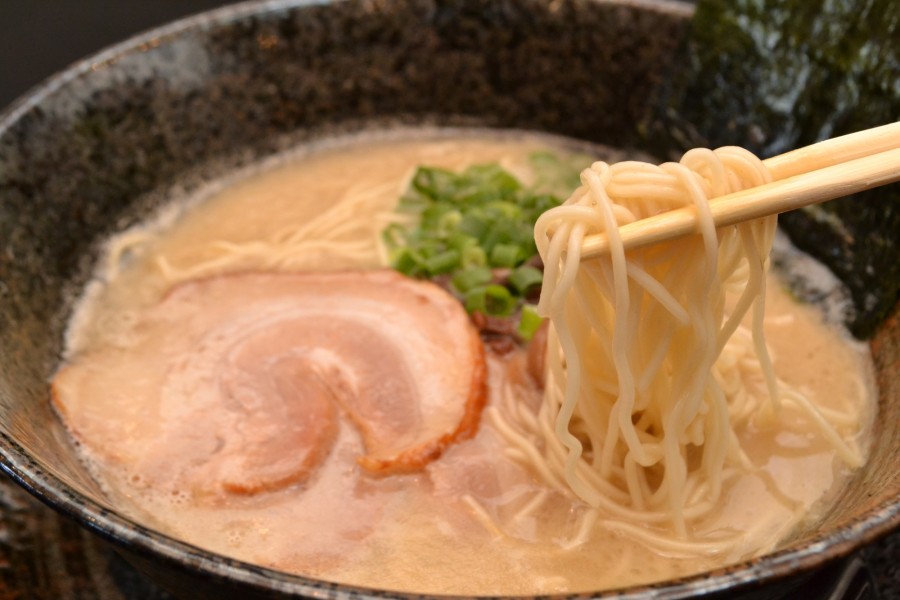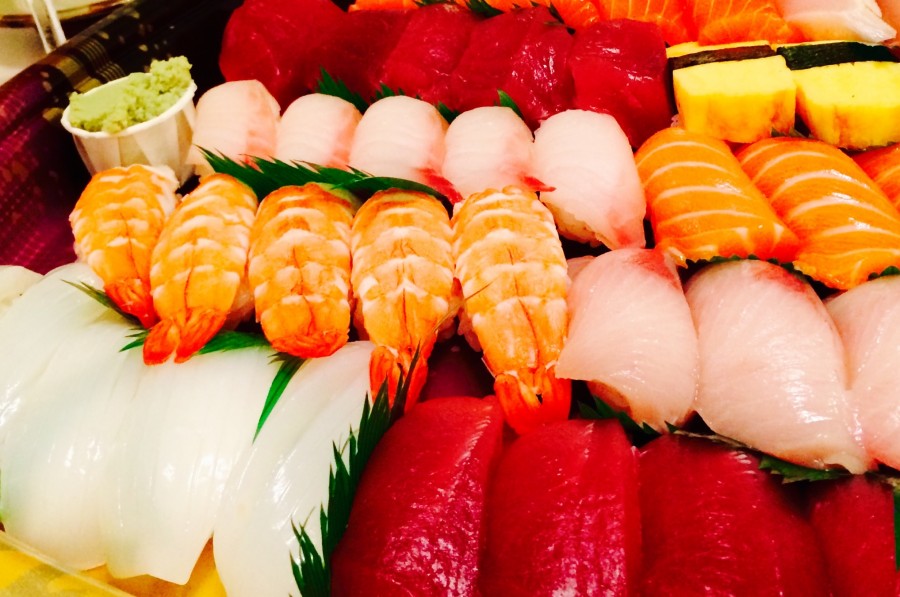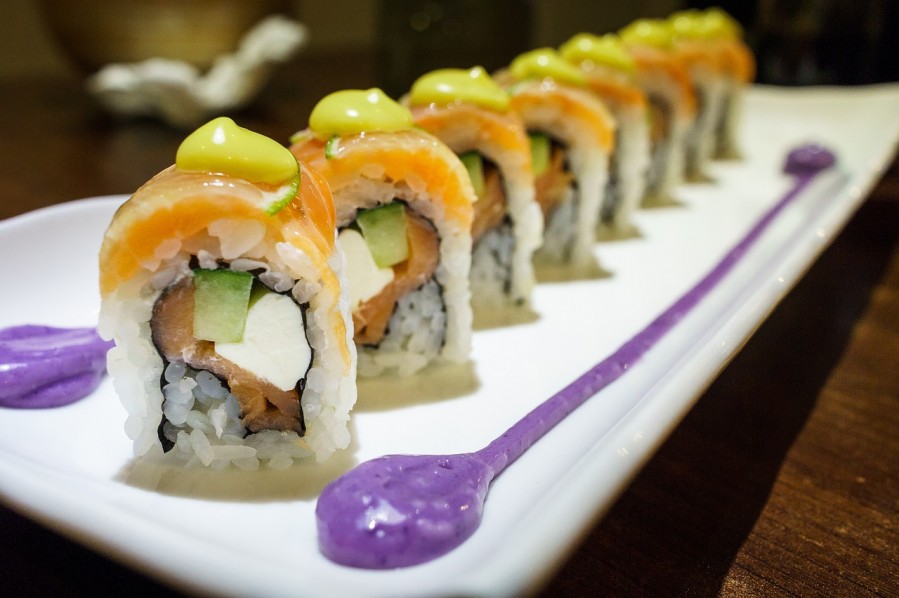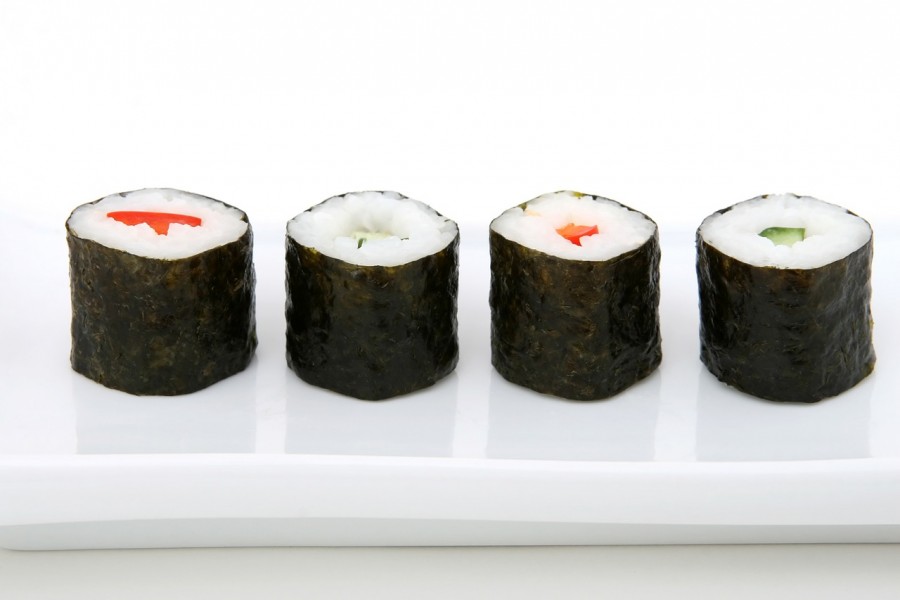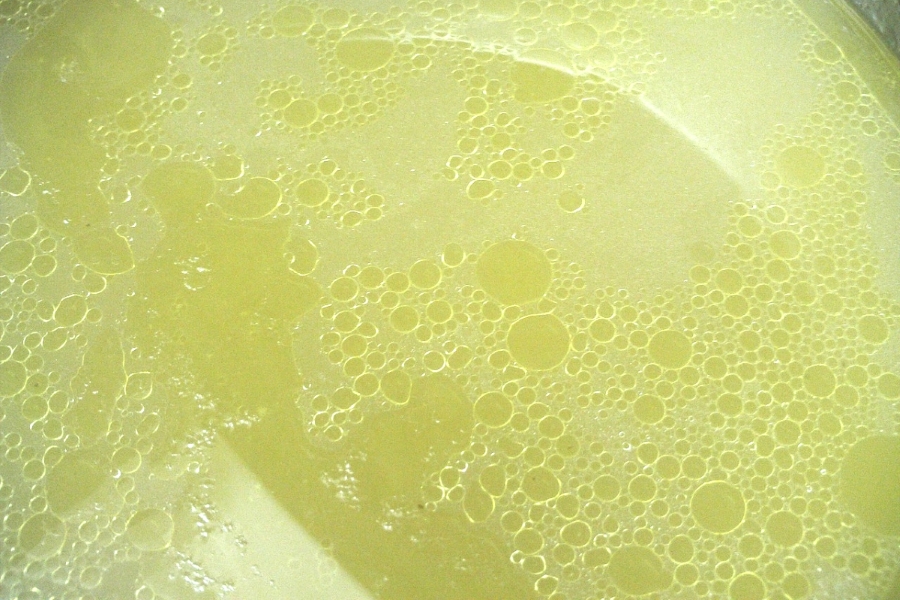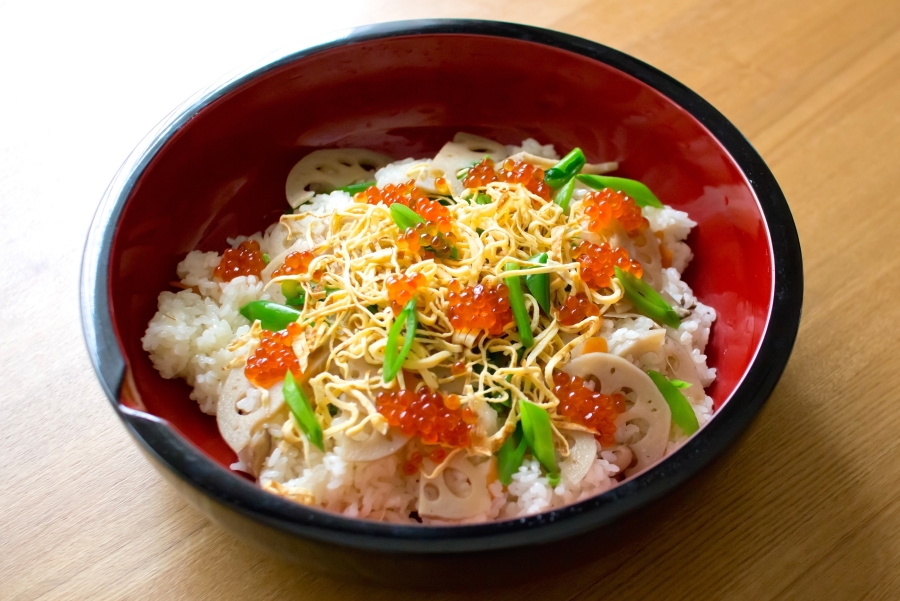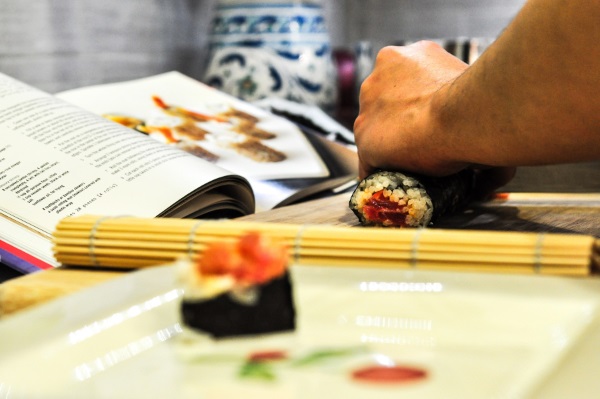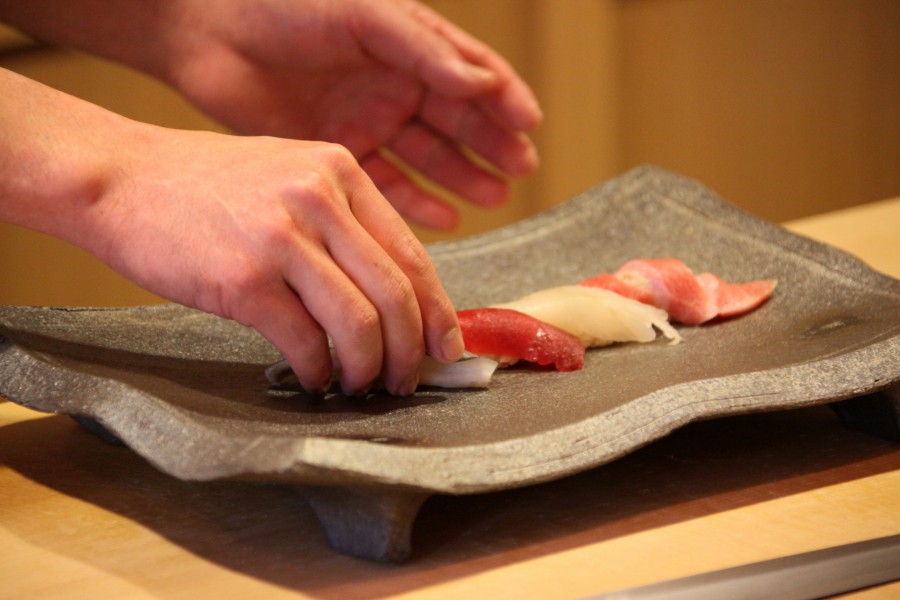Contents: What is Kaki (Oysters)? Degree of Freshness is Different with Nijiya’s Oysters Oyster’s Nutritional Value Oyster Recipes As the weather turns cold, hot-pot dishes appear frequently on the dinner table. Family and friends enjoy gathering around a delicious hot-pot dish. There are many kinds of hot-pot dishes: sukiyaki, shabu-shabu, chanko-nabe, motsu-nabe, etc. The most popular versions of these are seafood hot-pot dishes such as crab-nabe. When salmon, codfish, monkfish, etc. are put in the pot with a variety of vegetables, the umami of the ingredients is definitely enhanced. We recommend putting oysters in seafood hot-pot dishes. A melting, soft and syrupy umami from the oysters fills the mouth. Here, we are going to talk about oysters, which are also […]
Contents: Best Yakiniku Restaurant, “Gyu-Kaku” Gyu-Kaku Menu Where is Gyu-Kaku? What is Yakiniku anyway? Best Yakiniku Restaurant, “Gyu-Kaku” Fact: Yakiniku smells insanely good. When you pass by any Gyu-Kaku restaurant in the world, the smell of grilled meat allures you. Even if you are going to a meeting and don’t have time to stop for a yakiniku lunch, you’ll be thinking about it all throughout the meeting, at night, until you have yakiniku in your stomach. Lucky for you, Gyu-Kaku restaurant is expanding and there’ll be one near you soon. What is Gyu-Kaku, you ask? If you ever had Japanese style BBQ, where you grill your own meat, chances are, you have been to Gyu-Kaku. Gyu-Kaku Japanese BBQ restaurants have […]
Matsutake is a wild seasonal mushroom having an intense aroma, distinctive texture and natural flavor. Matsutake, grows in relatively dry soil containing few nutrients. It is found in the autumn in single-tree forests of Japanese red pine, Yezo spruce (Picea jezoensis), etc., or in mixed forests of primarily needle-leaved trees. Contents: What are Matsutake Mushrooms? How to prepare Matsutake Musrooms? Let’s taste Matsutake Mushroom simply and originally! How to cook Matsutake Mushrooms? What are Matsutake Mushrooms? The relationship between the Japanese people and mushrooms has a long history. Many pieces of mushroom-shaped earthenware have been found in ruins of the Middle Jomon Period (3500-1500 B.C.E.). The Japanese classic Manyoshu poetry anthology contains tanka (thirty-one syllable poems) featuring the matsutake mushrooms […]
Kabocha can be harvested twice a year, in the spring and fall, but the latter is its peak season. Harvested kabocha can be stored for a period of over a month to enhance its sweetness. Those harvested during the peak season undoubtedly taste better. Contents: A Flavor of the Earth Would you like some delicious Kabocha? How to cook Kabocha (Japanese pumpkin recipes) A Flavor of the Earth Did you know there was once a custom in Japan based on the saying that “eating kabocha with shiruko (sweet soup made from azuki beans) on the winter solstice will prevent common colds?” Not many people would know about such a thing these days. Around the winter solstice – the time of […]
The sweet potato (satsuma-imo) is native to Mexico and the surrounding tropical American region. Diploid Ipomoea trifida, which belongs to the family Convolvulaceae, has been identified as a wild ancestor of the sweet potato. Today’s sweet potatoes are believed to have been developed through artificial selection as a result of mutation and cross breeding with wild species. Whether artificial or spontaneous, a great number of sweet potato species have been created throughout the long history of its cultivation. Different regions grow varieties befitting their geographical needs. In fact, sweet potatoes are grown in most of the tropical, subtropical and temperate zones around the glove today. For that reason the sweet potato comprises an astonishing array of varieties, with new types […]
Eggplant, a tropical plant, is said to have originated in eastern India. A long time ago the plant was brought into southeastern Asia, but there is no record to indicate exactly when that was. In Japan, eggplant is believed to have a 1,200-year history and used to be called “nasubi.” Today there are numerous eggplant varieties throughout the world. In Japan alone, there are various names or shapes of eggplants that are of local origins. For example, “Kamonasu” is the famous, smaller-sized, round eggplant originated in Kyoto. Contents: Why is fall eggplant so delicious? “Organic Eggplant” How to Cook Nasu? (Eggplant Recipes) Why is fall eggplant so delicious? Why is fall eggplant so delicious? Eggplant is generally considered to be […]
Molokhia is a vegetable that has been widely eaten in Egypt and India, among other regions, since ancient times. Molokhia means “vegetable of kings” in Arabic. It’s believed to have been given that name because it’s so nutritious that it even cured the diseases of the kings. Contents: Molokhia -Sticky, Slippery Power of the Summer Molokhia (Jew’s Mallow): A Summer Vegetable Pursuing a Molokhia Growing Opportunity in Southern California Growth of Molokhia Artificial Light Culture Nutritive Value of Molokhia How to cook Molokhia? (Molkhia Recipes) Molokhia -Sticky, Slippery Power of the Summer True to its legacy of sustaining the health of kings, molokhia offers a great variety of outstanding nutrients such as vitamin B1, vitamin B2, vitamin B12, vitamin C, […]
Nagaimo is a root vegetable from the family Dioscoreaceae. There are three major groups of yams generally referred to as “yamanoimo” (Dioscorea japonica): yamanoimo, jinenjo (Japanese yam), and daijo (water yam). Yamanoimo have been consumed in Japan since the olden days. Contents: About Nagaimo (Japanese Yam) Nutritional Value of Nagaimo Handling Nagaimo How to cook Nagaimo? (Japanese Yam Recipes) Tofu Salad with Avocado and Mountain Yam Recipe Nagaimo-no-buta bara maki (nagaimo wrapped with boned pork ribs) Recipe Deep-Fried Nagaimo Recipe Nagaimo Negi-yaki (green onion-grilled nagaimo) Recipe Nagaimo Juice Recipe About Nagaimo (Japanese Yam) Raw grated nagaimo has a unique sticky texture. Nagaimo transforms plain rice and noodle dishes into special treats such as mugitoro-gohan (a bowl of boiled rice and […]
How Bean Sprouts are Made Bean sprouts have been prized since ancient times, not only in Japan but also in China, Korea and Southeast Asia, as a remarkable food that helps build the body. Now that bean sprouts can be mass-produced in factories, they’re back in the spotlight as a hygienic, safe sprout vegetable. They can be produced with great flavor and abundant nutrition regardless of the season, and are grown using only fresh water with no chemical fertilizers or pesticides. Nutritional Value of Moyashi Bean sprouts are an extremely healthy food bursting with a variety of nutrients. As bean sprouts grow, latent nutrients, such as the starch, fat and protein stored in its seed, are hydrolyzed, releasing energy while […]
Oba is known as one of the Japanese aromatic vegetables. It has a more elegant aroma and a more subtle flavor than Western herbs, and is an essential ingredient in Japanese cooking. Oba goes perfectly with sashimi and sushi. Contents: Oba -Japanese Aromatic Vegetable- How to Cook Oba? (Green Perilla Recipes) Oba -Japanese Aromatic Vegetable- The food you prepare turns out differently when you use aromatic vegetables. The aromas of aromatic vegetables boost your appetite and help you enjoy the taste of food. Aromatic vegetables often play supporting roles as condiments, but their presence cannot be overlooked. In fact, the nutrition these vegetables provide is as powerful as that of other vegetables used as main ingredients. The world of cooking […]
Among summer vegetables, this bumpy, warty-skinned vegetable is a relative newcomer. In the past few years, however, goya’s health-enhancing properties have drawn attention throughout Japan. Because goya can be grown in home gardens during he peak summer season, it has become a popular vegetable. In fact, goya is now so popular that its seeds sell out quickly at garden centers. Contents: Goya (Bitter Melon), a Summer Vegetable A Shade-Producing Plant that Can Block Sunlight Nijiya Farm’s Organic Goya Nutrients of Goya Basic Cooking Preparation for Goya How to cook Goya? (Goya Recipes) Goya (Bitter Melon), a Summer Vegetable In Okinawa, known for the longevity of its population, goya has been a regular part of the diet for a long time. […]
Winter brings a variety of delicious leafy vegetables, which make nutritious additions to pots. Leafy vegetables, with their vivid green color, make us feel healthy just by looking at them. Among all the leafy vegetables, mitsuba is the one we’ll feature here. Mitsuba warms the body and suppresses coughs due to illness. When you start to feel ill, we recommend making a hot drink with mitsuba, ginger, and Tokyo-negi mixed with hot water. Contents: Mitsuba -Aromatic herb of Winter- How to cook Mitsuba? (Mitsuba Recipes) Mitsuba -Aromatic herb of Winter- Mitsuba, which means “three leaves,” was named after the shape of its leaf, which is divided into three parts. Its leaf and stem are edible. Mitsuba is a perennial umbellifer […]
Get a lot of energy from sprouts! Kaiware daikon is the Japanese name for new shoots of the Japanese radish. Daikon (Japanese radish) has long been grown in Japan. It’s believed that the Japanese began eating kaiware daikon in the Heian period (794-1185). Kaiware daikon used to be considered a luxury food because it was cultivated by hand planting each radish. These radish sprouts became more widely used after commercial hydroponics was successfully developed in the early 1960s. It quickly became a familiar vegetable, appearing on the dinner tables of general households. This vegetable has a unique pungent flavor and provides detoxifying and disinfecting effects. Kaiware daikon is essential in Japanese cuisine as a garnish to sashimi and an addition […]
When it comes to enjoying fall flavors, mushrooms are an obvious choice. Although there are many varieties of edible mushrooms, generally they can be divided into saprobic fungi and mycorrhizal fungi. Saprobic fungi include wood-rotting fungi, which grow out of the trunks of living trees. Most of the mushrooms that can be cultivated are saprobic fungi; they break down fertilizers and the trees on which they feed. Wood-rotting fungi include shiitake, maitake, nameko, enokidake, buna-shimeji, hiratake, and eringi. White mushrooms and Agaricus do not grow out of trees but are still considered saprobic fungi. Contents: Matsutake Mushrooms Kinkatsu (A healthy life with microorganisms) How to cook Kinoko? (Mushroom Recipes) Matsutake Mushrooms “Matsutake” is definitely the king of mushrooms. It is […]
Yakisoba is a stir fried noodle dish made with vegetables and a meat like chicken, beef or pork belly. In Japanese yaki means grilled and soba means buck wheat noodle, but even though yakisoba has “soba” in its name the noodles grilled in this dish are similar to those found in ramen and not the buck wheat “soba” noodles. Contents: What is Yakisoba? Different types of Yakisoba Make your own Yakisoba! How to cook Yakisoba? (Yakisoba Recipe) Best Seller Fresh Yakisoba Noodles Yakisoba Sauce: powder or sauce? No Recipe Required! Ready to Eat Instant Yakisoba Noodles What is Yakisoba? Nothing says “Japanese festival food” like Yakisoba. The smells and the sounds of yakisoba cooking on a hot steel plate are […]
Instant ramen noodles are dehydrated by flash-frying it in hot oil that makes a cheap, quick, and easy meal, which can be ready to eat in 3 minutes. Contents: What are Instant Ramen Noodles? History of Instant Ramen Noodles Types of Instant Ramen Noodles: cup or a packet Best seller Instant Ramen Noodles How Instant Cup Noodles were born Top Selling Instant Cup Noodles What are Instant Ramen Noodles? With so many authentic ramen houses now in major cities in the US and all over the world, I hope you know the difference between a ramen dish and instant ramen noodles. Instant ramen noodles are associated with college students, an ideal meal for those with a limited budget and even […]
Chopsticks, originated especially in Japan and East Asian rejion, had been the replacing of forks in a tradition Asian dining. What is Chopstics? Chopsticks are originally the symbol of Chinese food culture. On the dining table, nearly anything is picked up and brought to mouth through the use of chopsticks. From deciding up the rice from the bowl, every bit of food on the plate, to deciding the little tiny bones from the fish or eating half metre long noodles, or cutting off some piece into half, all may be done by chopsticks. If you’ve ever eaten in a Japanese restaurant you will be comfortable with these long thin utensils, that are typically used at eat Asian food. These flexible […]
What is Mochi? Mochi is a Japanese rice cake, seen generally in the form of a little, round cake which could be eaten with condiments like soy sauce, grated daikon, or seaweed. As a confection, it also could be eaten with kinako (roasted soy bean flour) or anko (azuki bean paste). Traditionally, pounding steamed glutinous rice in a large mortar makes mochi, called “usu”, with a wooden mallet called “kine”. Mochi tsuki is the Japanese term for the traditional style way of beating the steamed glutinous rice to make mochi. The tacky mounds of rice are made from mochigome, a sweet and sticky rice, distinct from the steamed rice daily eaten. Contents: Mochi History How to cook and eat Mochi? […]
Contents: The Origin of Japanese Cuisine (Heian Period: 8-12 Century) First Appearance of Honzen Ryori (Muromachi Period: 14-16 Century) Kaiseki Ryori and Shojin Ryori (Muromachi Period: 14-16 Century) Fast Food Developed During the Period of National Isolation (Edo Period: 17-19 Century) Once the Ban on Meat was Lifted (Meiji Period: 19-20 Century) From the Modern Era to Today (1960s) Japanese Dishes Going Global The Appealing Aspects of Long-Established Japanese Cuisine The Origin of Japanese Cuisine The roots of Japanese cuisine, once traced, will reveal that several serving styles have been developed over the ages. During the Heian period in the eighth century, people ate individually served meals using their own tray tables (zen), plateware and chopsticks. The economy was built […]
Contents: UNESCO Designates Washoku as an Intangible Cultural Heritage Geography and Seasons of Japan Dashi and Food Culture Meals and Key Events Throughout the Year Washoku Enjoyed Around the Globe UNESCO Designates Washoku as an Intangible Cultural Heritage In December 2013, washoku (the traditional dietary culture of the Japanese, or simply Japanese cuisine) was listed as an intangible cultural heritage by the United Nations Educational, Scientific and Cultural Organization (UNESCO). Japan has developed its unique food culture through the combination of the country’s diverse natural beauty and four distinct seasons together with the delicate sensitivity inherited by Japanese people since ancient times. Indeed, washoku is a product of the close interaction among people, nature and seasons. Thus, a wonderful blend […]
Sushi today is more than just a Japanese cuisine. It has become a popular everyday food in the United States, where some restaurants have preserved Japanese traditions and others have started its own by fusing the art of sushi with other ethnic foods. But the sushi we know and consume today, like other cultural dishes, is quite different from the sushi that was consumed hundreds of years ago. Contents: Sushi Definition Sushi History Types Of Sushi Sushi Calories Sushi is High-end Meal? or Casual Meal? Eating it the Right Way Sushi Recipes 10 Best Sushi Restaurants in the U.S. Sushi – Definition In Japan, many may have a similar image of what a sushi looks like – a plump slice […]
Ramen came from China. Ramen, written 拉麺, in Chinese characters, first came to Japan during the end of Edo period. In the 1880’s, Yokohama introduced the first Chinatown in Japan, and it was there that the first ramen was served. Contents: Ramen Definition Ramen History Types Of Ramen Ramen Lover’s Ramen Data 10 Best Ramen Toppings Eating Ramen Right What is Ramen? Sushi, tempura, teriyaki… these were the names that pop up into people’s head when it comes to Japanese food. While they are still (and forever) engraved in our perception of Japanese cuisine, a new Japanese delicacy has been fast growing throughout the United States – ramen. The ramen boom as they call it swept across California first, where […]
Nigiri Sushi is the most popular form, the small rectangular ball of rice topped with a slice of fish (sashimi). Contents: Nigiri Sushi Definition Kinds of Nigiri Sushi Popular Nigiri Sushi Menu Ranking Let’s make Temari Sushi! Nigiri Sushi is “hand-pressed sushi” When it comes to sushi, nigiri sushi (握り寿司) is probably the most popular form. Literally meaning “hand-pressed sushi”, nigiri sushi is the small rectangular ball of rice topped with a slice of fish (sashimi) – the image most people have, when we hear the word sushi. As was mentioned in “SUSHI – HISTORY,” the traditional form of sushi was not in any way the form of nigiri sushi we know today. In fact, nigiri sushi is only about […]
Sushi roll (or roll sushi for Japanese) is a unique Westernized version of the Japanese maki sushi (or maki zushi). Like the maki sushi, it usually involves “rolling” the rice and nori using a makisu. Unlike in Japan, however, these have gone beyond the traditional Japanese maki sushi by changing the filling, adding toppings, finding alternatives to nori, and even flipping it inside out. There are no rules or specific definitions of a western sushi roll, for the creator has all the freedom in determining what would go best in it, around it, and even on it. So in a sense, a sushi roll is pretty much every other maki sushi out there that are not made in traditional sushi […]
Maki sushi (or pronounced maki zushi), literally means rolled sushi. Americans are very accustomed to the wide variety of sushi rolls available here in the United States, but in Japan, maki sushi is quite limited. Therefore, we will be differentiating the Japanese maki sushi with Westernized sushi rolls here. Contents: What is Maki Sushi? 10 Most Popular Maki Sushi Menu How to cook Maki Sushi? Let’s Make Kazari Makizushi! What is Maki Sushi? Maki sushi is divided into 3 types, hosomaki (thin roll), futomaki (thick roll) and the temaki (hand roll). In the United States, a new genre was created – the uramaki (reverse roll) which is discussed under westernized sushi rolls. In Japan, with very few exceptions, maki sushi […]
Best 4 types of Ramen Soup Broth & Flavors There are actually THREE types of soup bases in ramen: Shoyu, Miso, and Shio. The fourth, Tonkotsu is actually NOT a soup base and is actually a BROTH. However, tonkotsu has been used by chefs as if it were an original soup base on its own. 1. The Most Popular Broth, Tonkotsu Ramen Soup Base Broth 2. Shoyu Ramen Soup, Basic and Light Broth 3. The Most Fundamental Broth, Shio Ramen Soup 4. Miso Ramen Soup, Rustic and Warming Broth 1. Tonkotsu Ramen Soup Base Broth One has to be careful in talking about tonkotsu ramen. With all the hype out there about this thick creamy pork broth, not many restaurants are […]
Chirashi sushi or chirashi zushi (vinegared rice with pieces of raw fish and other ingredients arranged on top) is a perfect spring time dish. Vinegar is good for your body, and the colorful ingredients on top make this a feast for the eyes. Contents: About Chirashi Sushi Adjusting the Taste of Sushi Rice How to cook Chirashi Sushi Bowl? Gomoku chirashi Sushi Recipe Salmon Chirashi Sushi Recipe Chirashi Sushi with Spring Vegetables Recipe Eel & Squid Chirashi Sushi Recipe Bara Chirashi Sushi Bowl Recipe Easy cooking: Chirashi Sushi Mix About Chirashi Sushi People associate eating chirashi sushi with celebratory occasions. For example, chirashi sushi is a dish we traditionally eat on Hinamatsuri (Dolls’ Festival). There are various theories about the […]
Inari sushi is not widely known in the United States yet, but it is great for vegetarians who want to try sushi. Basically, it’s a great hearty meal made from rice stuffed in an aburaage (fried tofu) pouch cooked in a sweet shoyu (soy sauce) sauce. This is an easy sushi that you can make at home for dinner or even prepare for a potluck party! Contents: About Inari Sushi Kinds of Inari Sushi How to cook Inari Sushi? (Inari Sushi Recipe) Easy Pre-made Abura-age (Fried Bean Curd) for Inari Sushi About Inari Sushi Unlike other types of sushi that use fish, seaweed or other ingredients, inari sushi is quite simple in the sense that it only consists of two […]
Sushi is healthy or not? Sushi is good for diet or not? Depends on kinds and amount of sushi you eat. So let us take a look the sushi calories chart and the result of our survey “How many pieces of nigiri sushi do you usually eat at your dinner?”. Contents: How Many Calories in Nigiri Sushi? Calories in Nigiri Sushi How Many Pieces of Nigiri Sushi Do You Usually Eat at Your Dinner? Calories in Sushi Roll Editor’s Recommended Combination How Many Calories in Nigiri Sushi? Many consider sushi to be a healthy food. This is in some parts true, but one must bear in mind what you are consuming. You are eating predominantly fish and rice, and yes, […]
Contents Sushi Eating Manners for your knowledge Eating the Sushi Sushi Dictionary to eavesdrop on the sushi chef’s conversation User Comments on Experience and Thoughts at Sushi Restaurants Sushi Eating Manners for your knowledge Like how you begin from the outside to inside for French cuisine (in terms of silverware), there are table manners and steps on how to eat sushi correctly. But keep in mind these are manners, and generally speaking no one will be offended if these manners are not followed. In many of the cases, people in Japan aren’t even aware of the some of the manners shown below. What is important is that you enjoy your sushi. There are a wide variety of sushi neta, as […]
